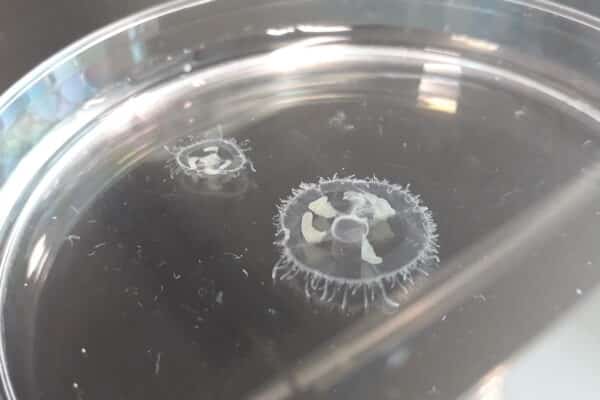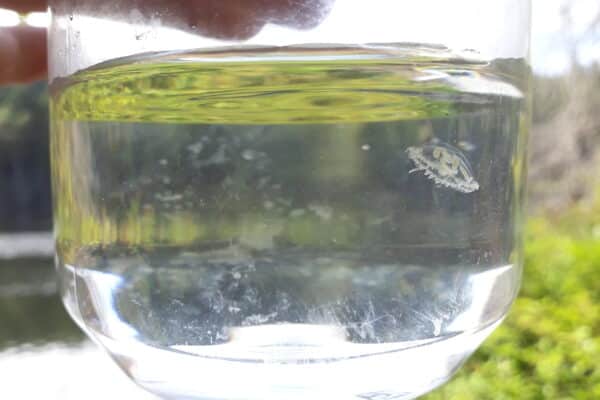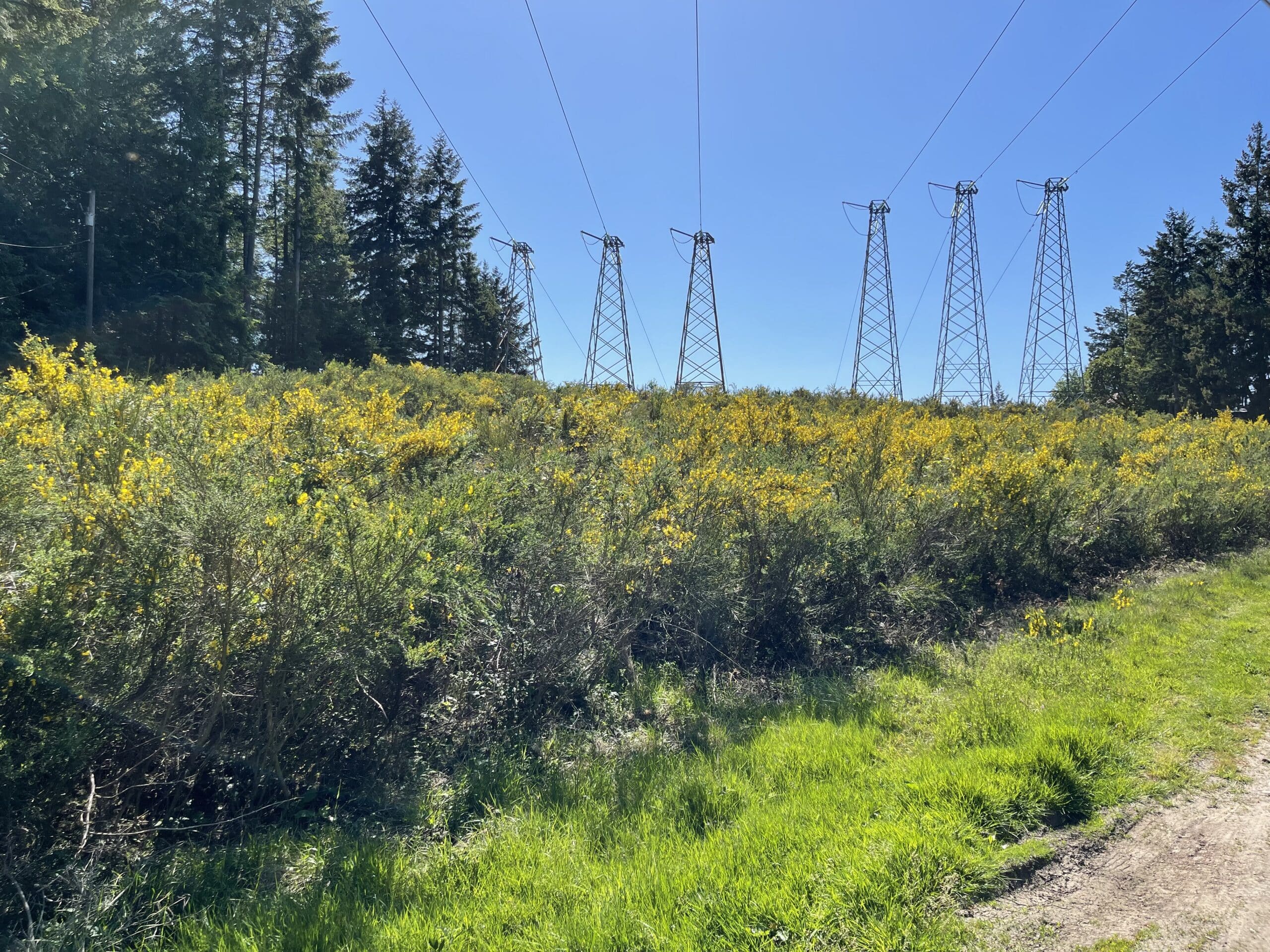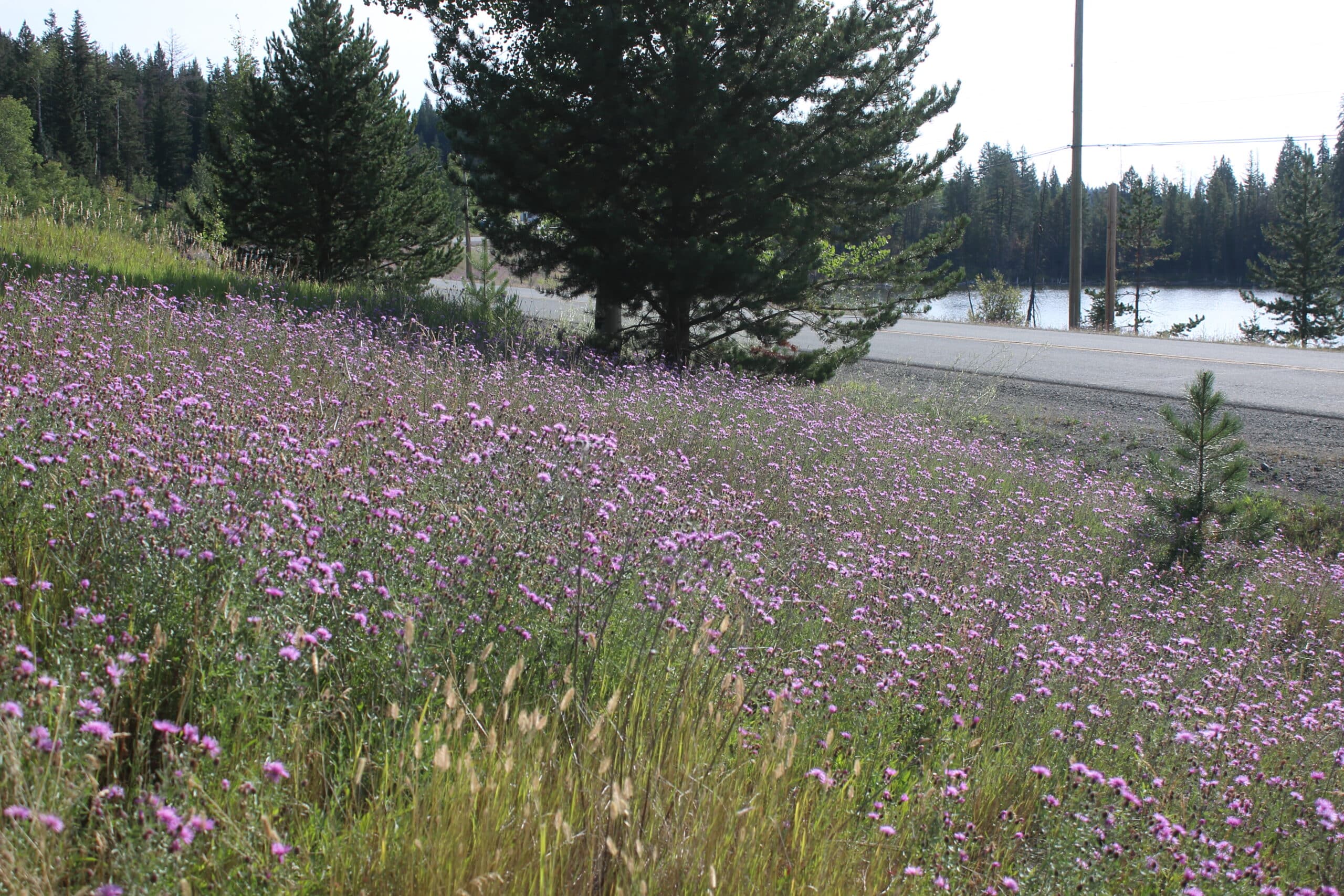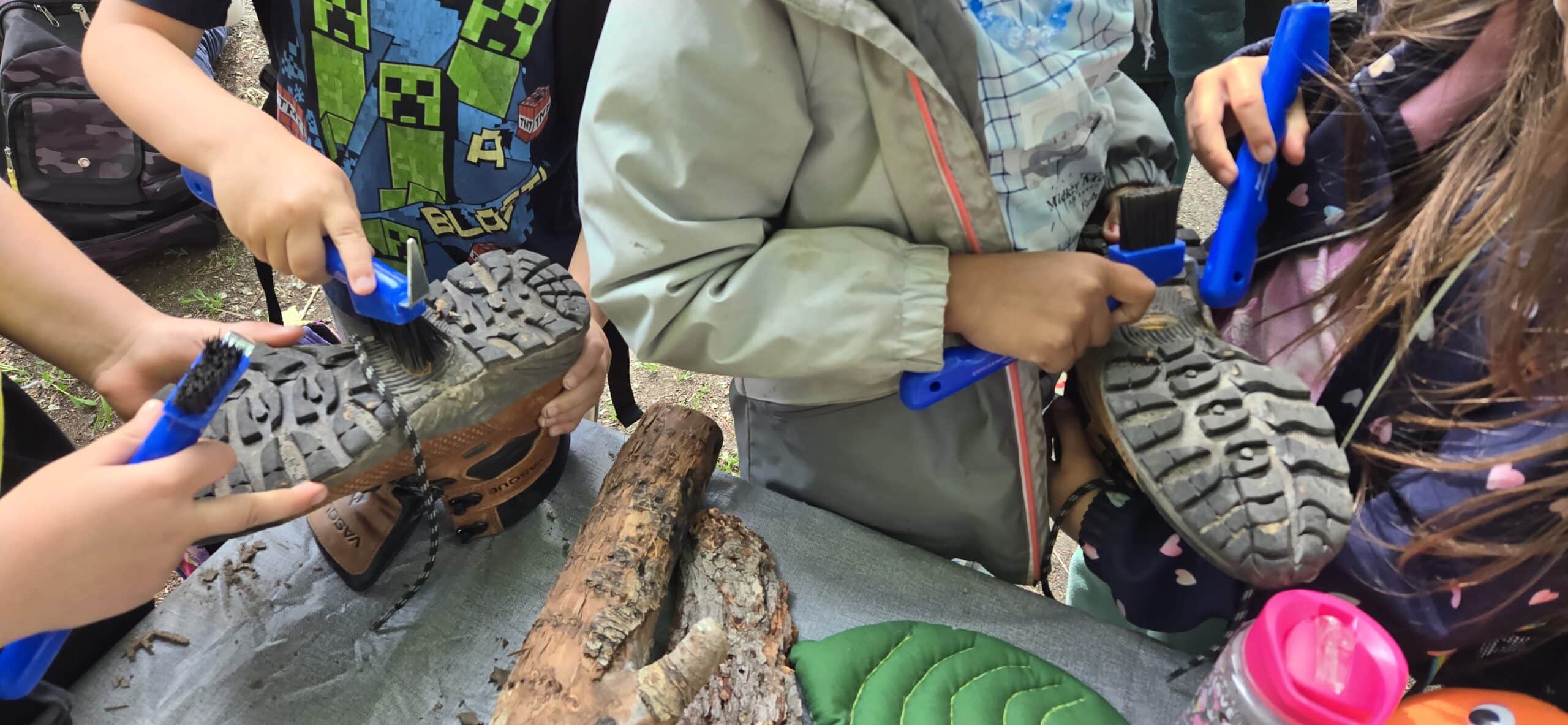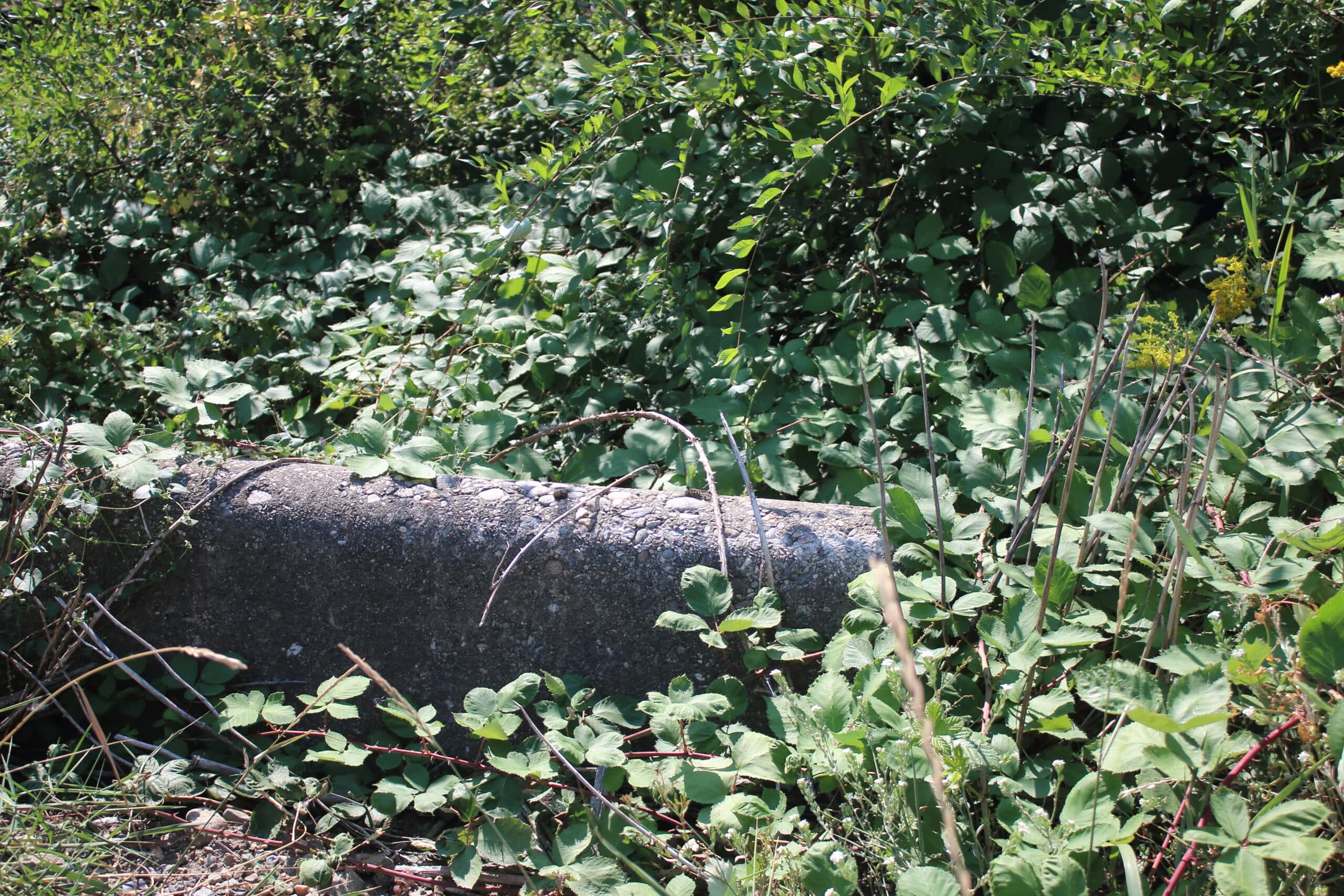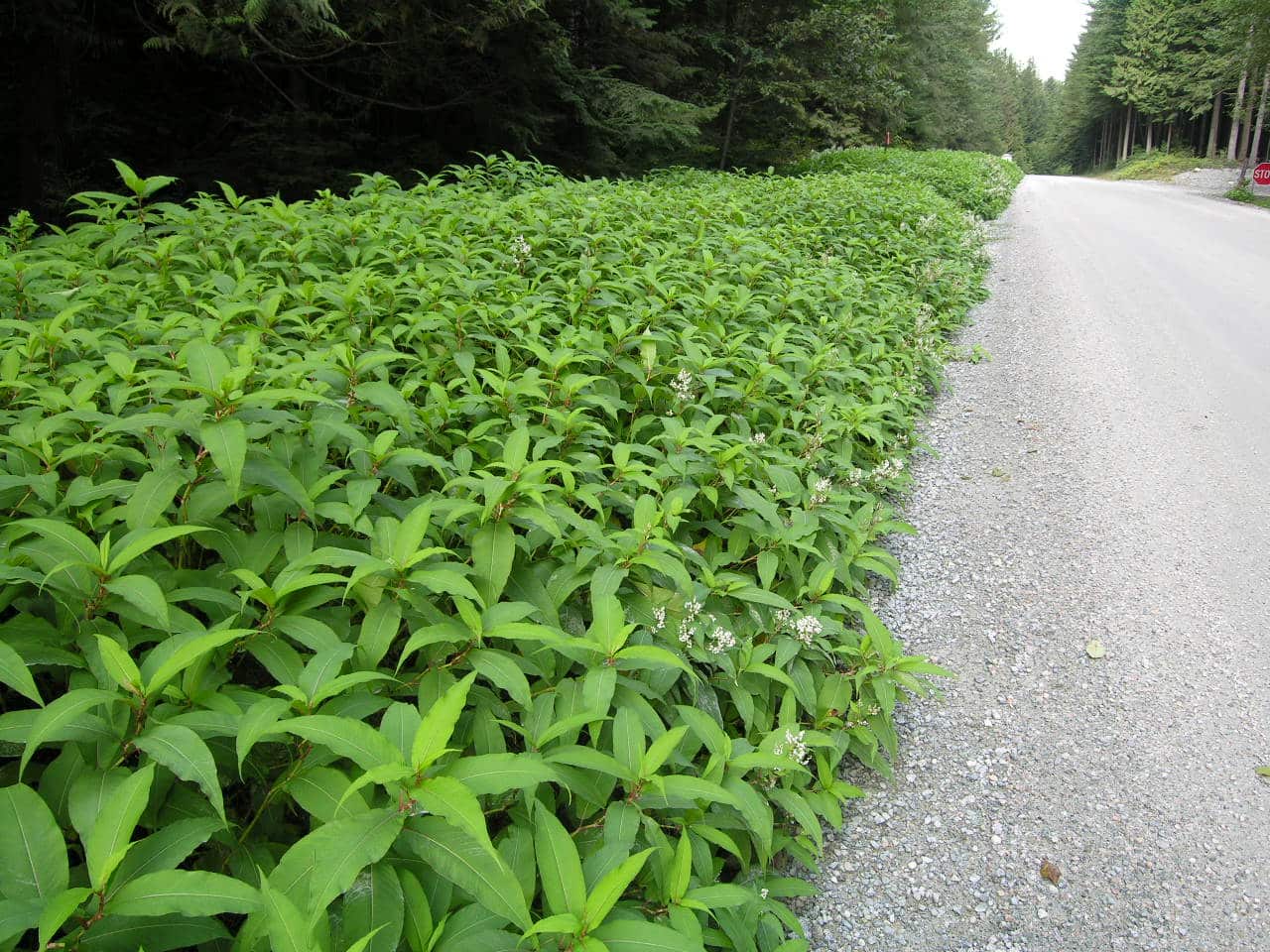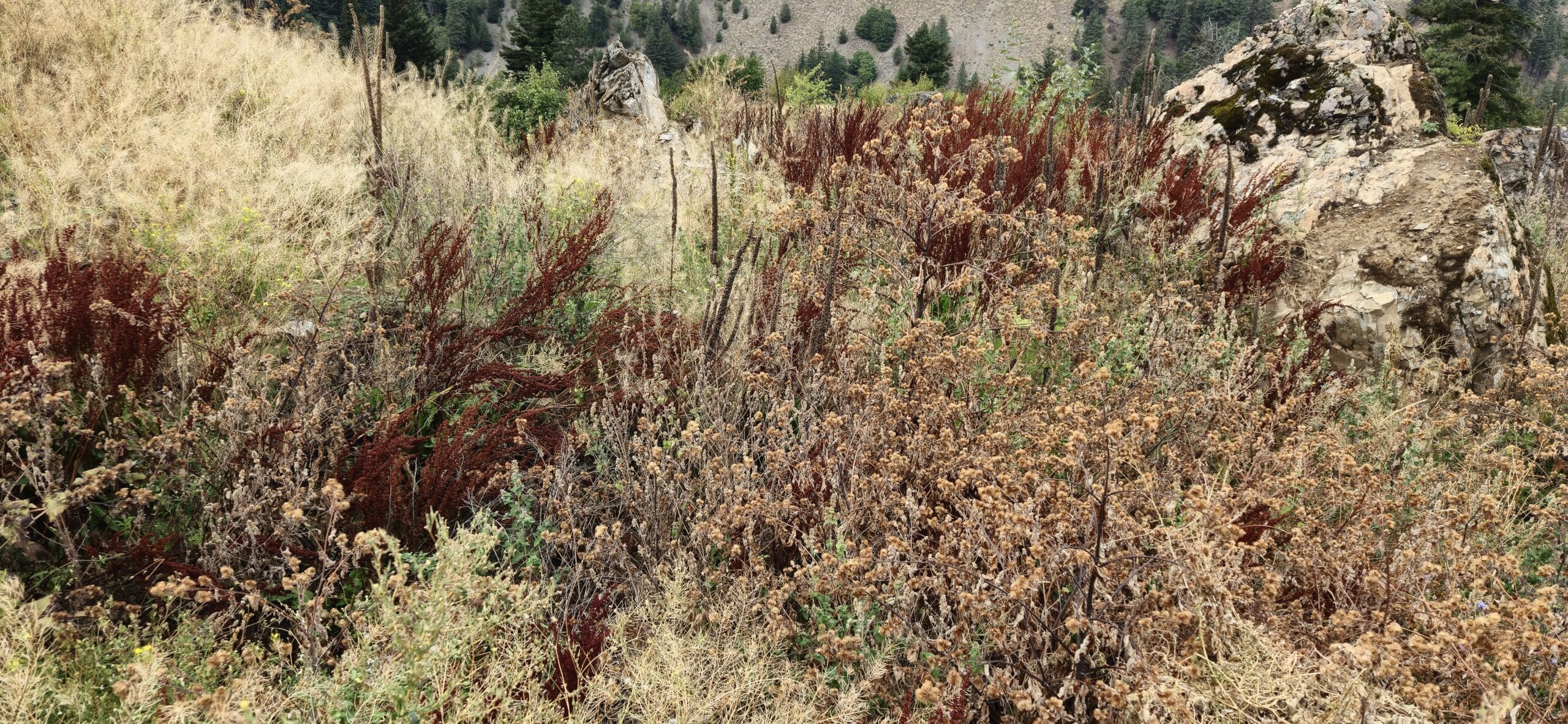Freshwater jellyfish
About This Species
Freshwater jellyfish, also known as blossom or peach blossom jellyfish, were first introduced to B.C. in the 1930s. Originally from the shallow pools and slow-moving waters of China’s Yangtze River valley, these jellyfish have been spotted across the United States and Canada. Their spread outside China likely started with the transportation of ornamental aquatic plants. In B.C., they’re found in freshwater bodies on Vancouver Island, the Sunshine Coast, Thompson Plateau, and Lower Mainland Lakes.
While they aren’t a direct threat to humans—their stings are generally too weak to penetrate our skin—freshwater jellyfish can impact local ecosystems. They can impact zooplankton (tiny drifting animals in water) populations and compete with native species, potentially leading to ecological imbalances.
Waterfowl, stocked fish, and aquatic plants have helped them spread and humans continue to play a role too! To prevent their movement, ensure proper cleaning of equipment and avoid transferring water or plants between different water bodies.
How to Identify
Freshwater jellyfish are small, bell-shaped creatures, reaching about the size of a quarter (up to 25 mm in diameter).
They have a clear, bell-shaped body with a whitish or greenish tint and numerous tentacles around the edge.
The central part of their body features four distinct radial canals and one circular canal.
Look for them near the water surface in calm freshwater bodies like ponds and lakes, particularly during warm summer months.
As polyps (early life stage) they are tiny and cling to underwater surfaces, making them challenging to see.
Take Action
Prevention is the best approach.
If you need advice about invasive species on your property or you are concerned about reported invasives in your local area, contact your local government or regional invasive species organization.
-
If you need advice about invasive species on your property or you are concerned about reported invasives in your local area, contact your local government or regional invasive species organization.

Don't Let It Loose
Learn about best practices
Invasive species are plants, animals or other organisms that are not native to BC, and have serious impacts on our environment, economy and society. Never release your plants and animals into the wild or dump aquariums or water garden debris into rivers, streams, lakes or storm sewers!

Clean, Drain, Dry
Learn about best practices
The Clean Drain Dry program empowers you to help reduce the spread of invasive plants and organisms to BC waters by following the clean, drain, dry procedure on all watercraft and equipment.
REPORT TO PROTECT BC’S BIODIVERSITY

Use the app
Observe and report to protect BC’s biodiversity

Report through this website
Use our form to tell us what you’re seeing and where.



